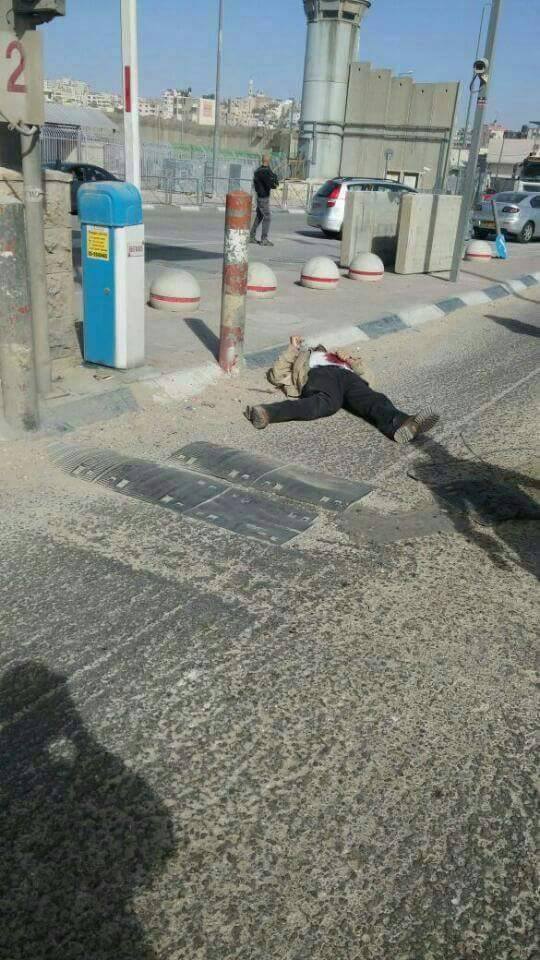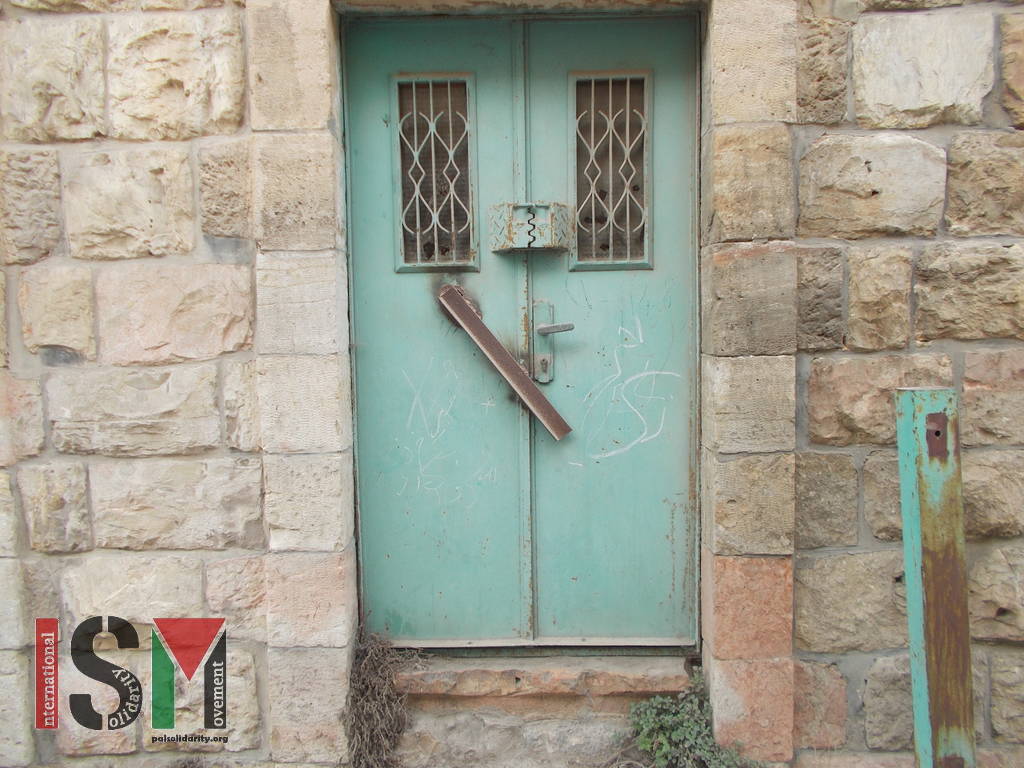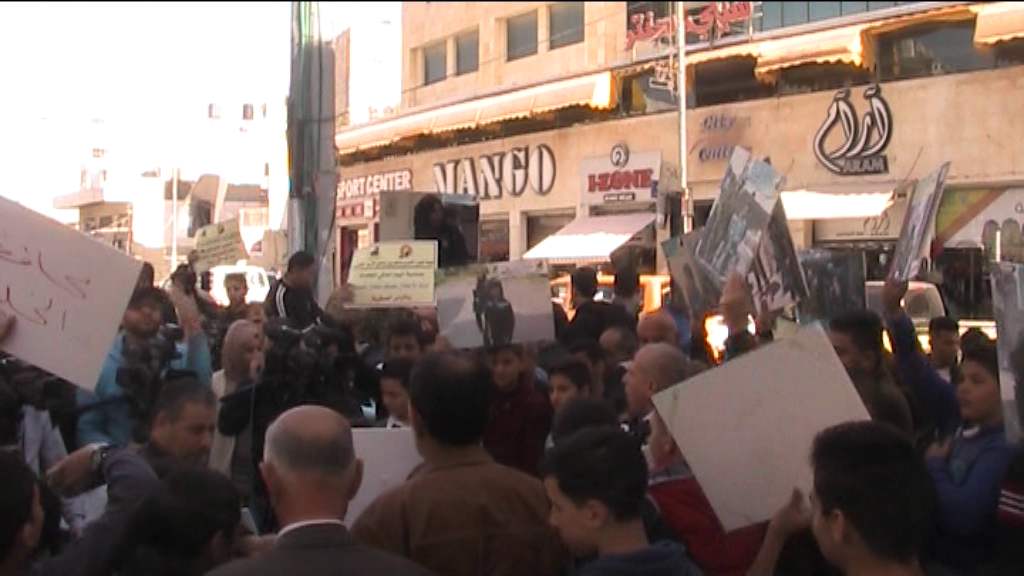Tag: Israeli Army
-
Israeli forces shoot and kill Palestinian man at Qalandiya checkpoint
24th November 2016 | International Solidarity Movement, al-Khalil team | Ramallah, occupied Palestine It has been confirmed that Jihad Mohammad Khalil, 48, was shot and killed by Israeli soldiers at Qalandia checkpoint early Tuesday morning, 22nd November. Khalil is from Beit Wazan village, west of Nablus in the northern part of the West Bank. He…
-
Photo-Story: Mini walking tour of occupied Hebron
24th November 2016 | International Solidarity Movement, al-Khalil team | Hebron, occupied Palestine After our afternoon school run today, two of us took a walk around a small part of Al Khalil. The photos are sort of a mini-walking tour of some of the stolen Palestinian land, streets, homes and shops, roadblocks and checkpoints. Note…
-
Protest in central Hebron against child arrests
23rd November 2016 | International Solidarity Movement, al-Khalil team | Hebron, occupied Palestine Monday 21 November at Ibn Rushd Square, youth from Hebron gathered together with adults at a protest against the Israeli detention of Palestinian children. The protest was organized by the Prisoners Club and human right defenders who shared their information about over…



